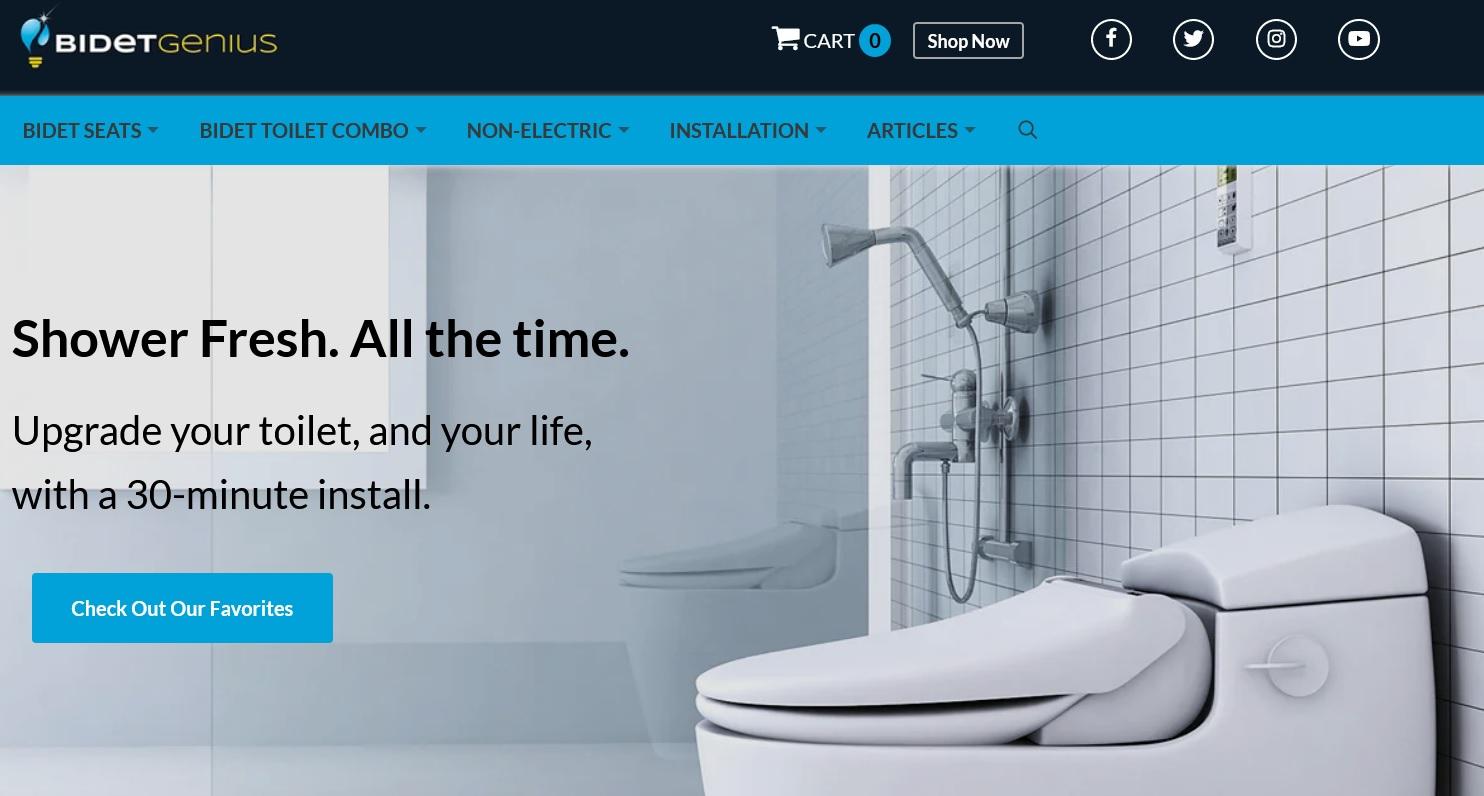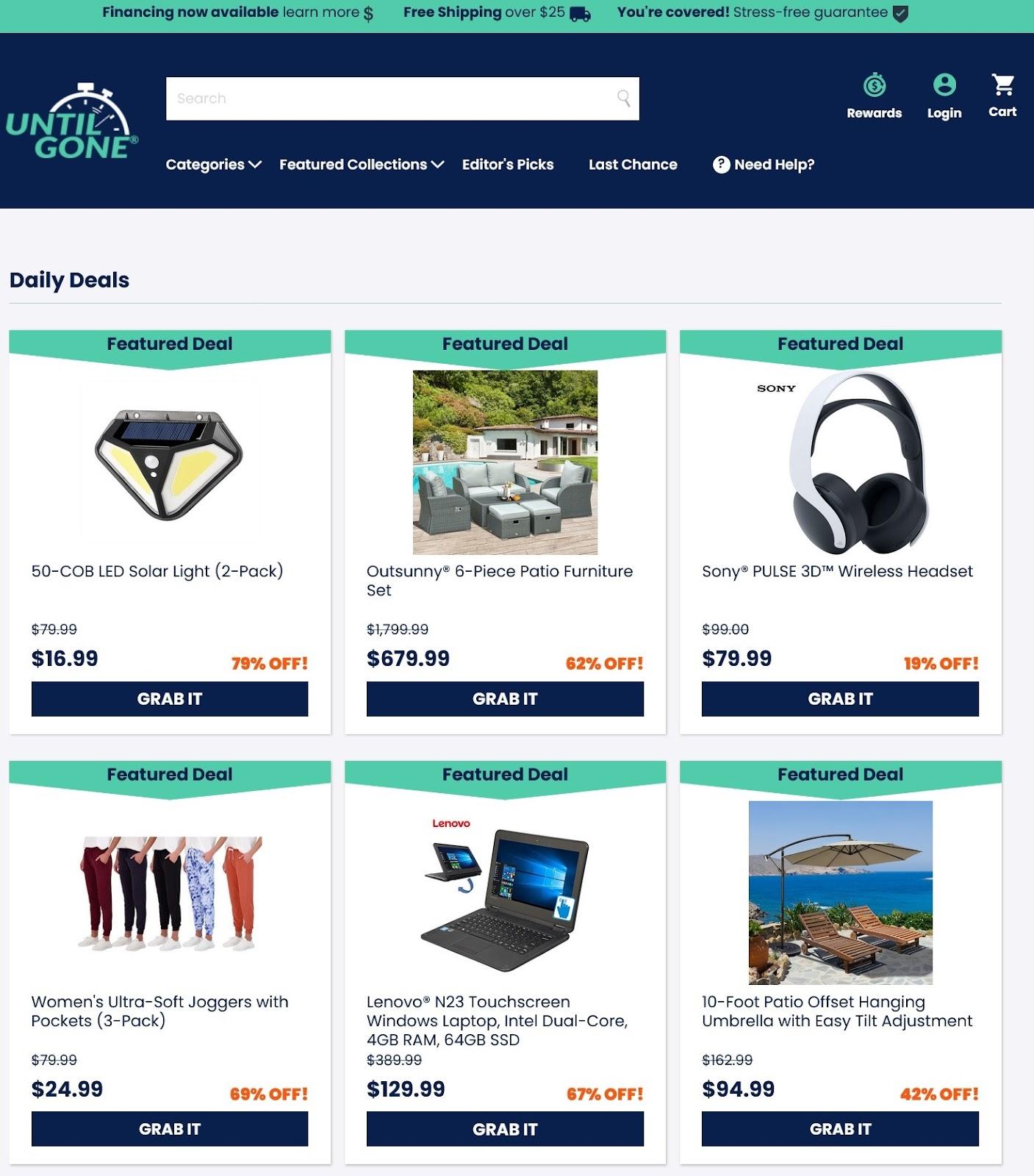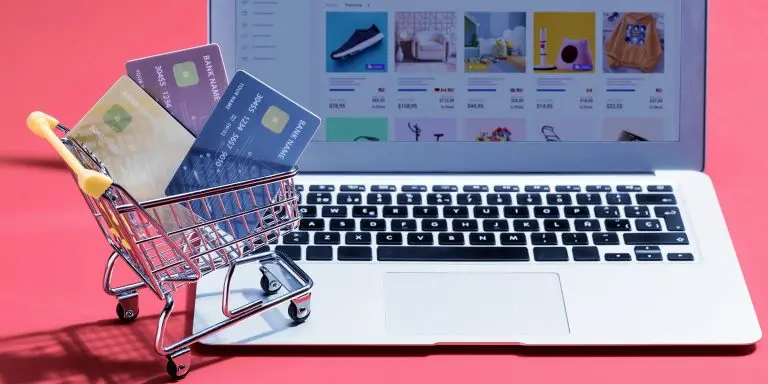A distinct identity is important. Not just for individuals but businesses as well. And things are not different in the dropshipping industry.
From the logo and colours to your consistency with intricate details like the tone in your marketing messages and font, you need to build a clear brand identity.
These things may seem trivial, but they make your business instantly recognizable to your customers.
They influence how your target market perceives your brand. And, as we’ll see, they can play a part in increasing your revenue.
It’s important to stay consistent and true to your brand identity. But at the same time, don’t be afraid to try out new ideas and evolve.
Let’s start by establishing why you should give more attention to the brand identity of your e-commerce business this year.
Table of Contents
Why You Need to Build a Strong Brand Identity for Your Dropshipping Business
Building a brand identity should be a priority if you want to disrupt the dropshipping industry. Here are some reasons why you should focus on building a strong brand identity.
1. It Builds Customer Trust
Building customer trust is essential if you want to build a thriving dropshipping business.
Research shows that 44% of consumers are willing to spend $500 or more yearly on brands they trust. 29% are even willing to spend more than $1,000 per year, especially Gen Z and Millennials.
A strong brand identity is one of the ways you can win customers’ trust. It creates a sense of familiarity and peace of mind among your customers.
In other words, if you want to become your customer’s first choice, an effective strategy to establish a strong identity for your brand is imperative.
This, in turn, establishes a strong connection between you and your customers and builds loyalty.
2. A Strong Brand Identity Differentiates Your Dropshipping Business
The latest dropshipping statistics show that the industry will reach $1,253.79 billion by 2030. It’s an attractive industry. You can bet it’s a competitive space as well.
When you build a strong brand identity, you differentiate your dropshipping business from your competitors.
Your brand identity shows your brand’s personality and core values. It sends a message about the kind of experience customers can expect from you that’s unique from other dropshipping businesses.
3. It Helps Increase Your Revenue
Besides building customer trust and loyalty, which increases customer lifetime value, building a strong brand identity can increase referrals in your dropshipping business.
It can give your ecommerce marketing efforts a boost by creating loyal brand ambassadors.
This is because having a distinct brand identity will make your business stay top of mind for your customers. Any time an acquaintance asks for a product recommendation from one of your customers, you’ll be the first one they mention—all thanks to a strong brand identity and brand recall.
So, how do you go about creating a powerful brand identity?
Keep reading to find out.
4 Steps to Build a Distinct Brand Identity for Your Dropshipping Business
You now know that building a brand identity isn’t optional but a necessity.
So, how do you go about it?
Here is a step-by-step guide to help you out.
1. Identify Who You Are
Brand identity comprises intangible elements that represent your brand. Achieving accurate representation means you have to first know who you are as a brand.
Understand and clearly define your:
- Mission: Why are you in the dropshipping business?
- Core values: What are the fundamental beliefs and guiding principles that drive your business? Do you stand for a cause?
- Personality: If your brand was a person, what personality would they have? How do you want people to feel about your dropshipping business?
- Brand Positioning: What unique value do you provide to customers that differentiate you from competitors?
- Brand Voice: Which persona do you take when communicating with your audience?
Having a clear understanding of each of these elements will make it easier to choose colours, imagery, and messaging that portray you as you want the world to see you.
NotebookTherapy, for instance, is a dropshipping business that sells stationery.

A look at the colour scheme and imagery on its homepage gives the impression of a classic yet modern brand. This differentiates it from its competitors.
2. Understand What Your Customers Expect
The brand identity of your dropshipping business should resonate with your target audience.
While it’s not possible to please everyone, you can get close by carrying out audience research.
Create buyer personas, which are semi-fictional representations of your deal customers.
With a buyer persona, it’ll be easier to find out details about your target customers, such as:
- What’s important to them
- How do they get their information
- Their challenges
This information will help you create a brand identity they can relate to.
For instance, you can create a logo and slogan that offers a solution to their pain points.
Or if your target audience is eco-conscious, you can ensure your brand identity conveys your support for sustainable business practices.
According to research, millennials are the most eco-conscious among Americans, followed by Gen X and Baby Boomers.

So, if millennials make up your target audience, you can take measures like adding third-party certification marks in your packaging to show your brand is eco-conscious.
Or you can use biodegradable packaging material to show your commitment to environmental protection.
3. Bring Your Brand Identity to Life
It’s time to actualize your brand identity.
This is the step where you generate your colours, logo, fonts, language, and everything else that will represent your dropshipping business.
Here are a few elements of your brand identity that you need to think about.
Colour Palette
Choosing a colour palette provides you with choices when designing a logo or a website while ensuring you remain recognizable to your customers.
You want to go for colours that align with your brand messaging and image.
Take BidetGenius, for instance. It’s a dropshipping company specializing in bidets. One of their brand colours is blue, which is often associated with freshness and cleanliness. It aligns with their products and messaging “Shower Fresh. All the Time”.

You can see the blue colour on their website and logo.
Keep in mind that colours have the power to convey emotions. Choose colours that convey the emotion you want to be associated with.
It’s also important to study your competitors and choose colours that can differentiate your brand.
Experts recommend having a colour palette of 5 to 10 colours. You can have:
- 1 main colour
- 2 primary colours
- 3-5 complementary colours
- 2 accent colours
Don’t be afraid to bring out your creativity through different shades and tints.
Logo
Your logo is the face of your dropshipping business and one of the main elements of your brand identity.
Create a logo that captures the essence of your brand while also resonating with your target audience. Here are a few tips to guide you:
- Make it timeless. Try not to be influenced by fads and trends, your brand is likely to outlast them.
- Keep it simple.
- Make it scalable. It should be easy to use in a variety of mediums.
- Design a memorable logo so your customers can instantly recognize your brand by simply seeing the logo.
Designing your logo doesn’t have to cost a fortune. With a free tool like Canva, you can control your business spending and still create an eye-catching logo.
Typography
Do not neglect to choose typography when creating your brand identity.
Aim to have a consistent font on your website content, emails, and any other print and digital documents your dropshipping business creates. This includes the font you use when you create email signatures.
It creates harmony and consistency in the overall tone of your brand.
You can choose one font family and work with different cuts and weights, such as light, regular, semi-bold, and bold. It’ll help you create contrast in your texts without losing the harmonious effect.
See how Until Gone does it.

You can also have two fonts and have one typeface for your headings and another for your body texts.
It’s important to choose a font that is flexible enough to work well with your marketing graphics.
Language
The language and tone used in brand communications should always match the brand’s personality.
With this in mind, there are several dimensions you can explore.
If your brand is laid-back, you can go for a funny, casual, and conversational tone. If it’s more formal, you may want to go with a professional and serious tone.
Pro Tip: Try not to sacrifice the accessibility and user-friendliness of your website to accommodate your ideas. If the logo, font, or colours you prefer make your website less intuitive, find an alternative.
4. Create Brand Guidelines
This is the final step in creating a strong brand identity for your dropshipping company—developing brand guidelines.
Brand guidelines govern everyone involved with your brand on the right way to use your branding. This can include guidelines like:
- The acceptable versions of your logo, such as sizes, colours, etc.
- Which typography to use on what occasion
- The colour codes of your colour palette
- Details of your brand language, tone, and messaging
It’s essential to keep the brand guidelines updated with any changes you make to the brand identity of your dropshipping business.
Once the brand guidelines are set, start integrating your brand identity into your website design, digital marketing collaterals, social media channels, product packaging, and any other asset associated with your dropshipping business.
Now that you have started the process of creating a brand identity use all the digital marketing tools at your disposal to market your brand on multiple platforms.
Build a Strong Brand Identity for Your Dropshipping Business
Building a strong brand identity is one of the best ecommerce marketing strategies that deliver long-term results.
Start by defining how you want the world to view your business—its personality, messaging, mission, and values.
Next, understand who your target audience is and what they want to see in a dropshipping business, and use this to guide you when creating a brand identity.
Finally, put your ideas into action and create brand guidelines to maintain consistency with your brand identity. Most importantly, be open to feedback on areas you can improve.
Author Bio – Reena Aggarwal
Reena is the Director of Operations and Sales at Attrock, a result-driven digital marketing company. With 10+ years of sales and operations experience in the field of e-commerce and digital marketing, she is quite an industry expert. She is a people person and considers human resources as the most valuable asset of a company. In her free time, you would find her spending quality time with her brilliant, almost teenage daughter and watching her grow in this digital, fast-paced era.











